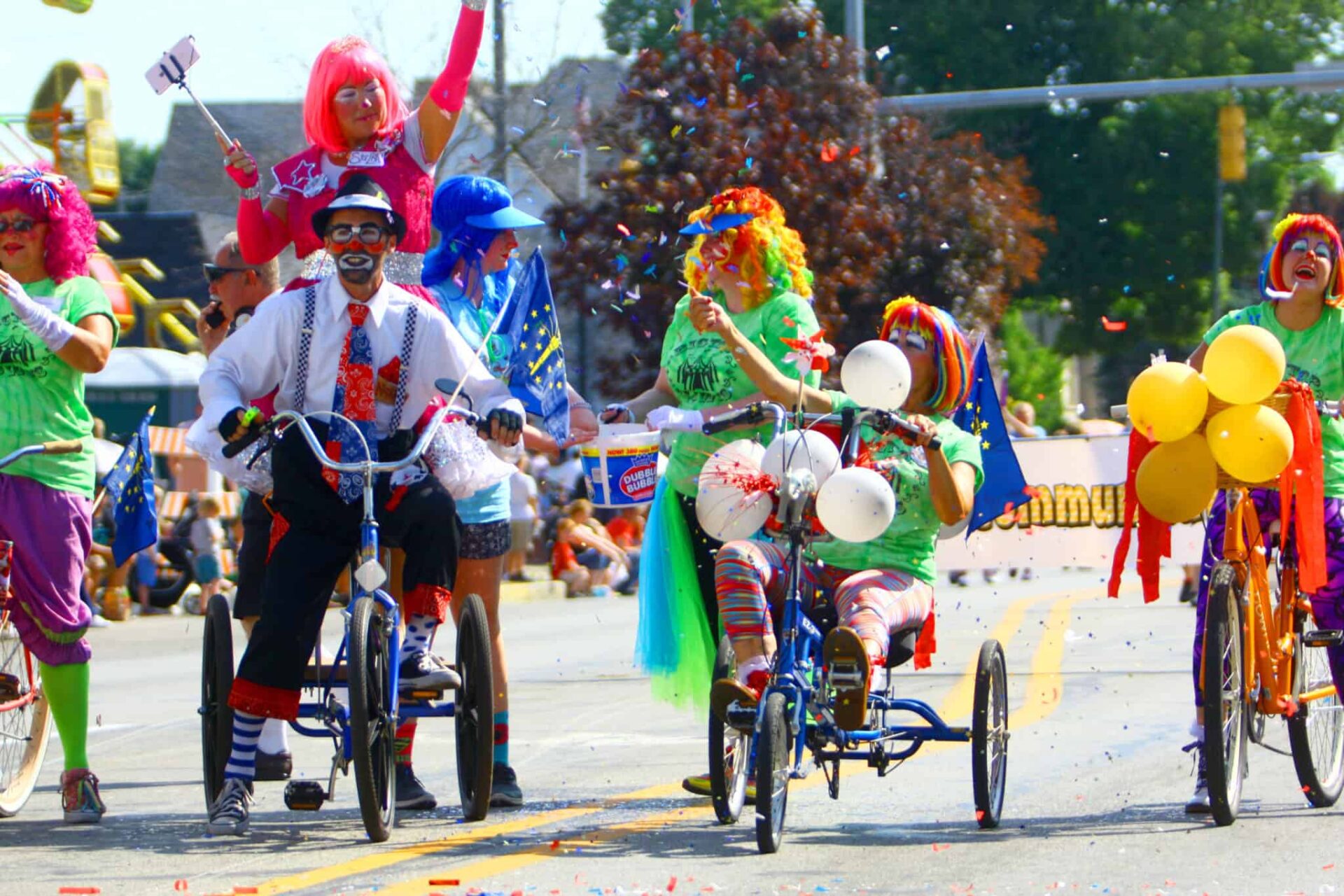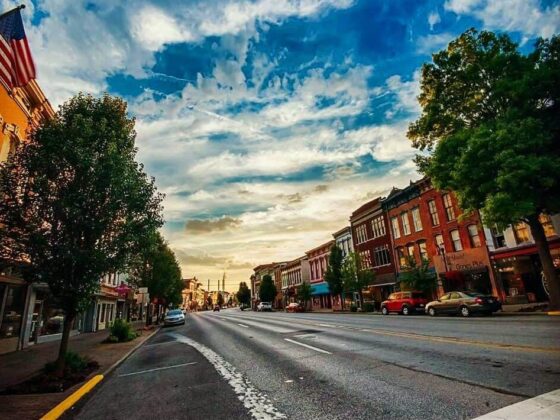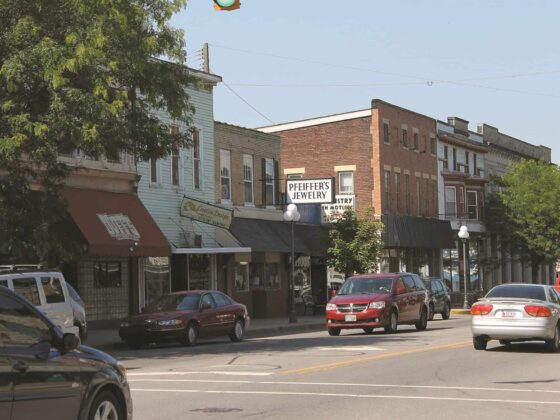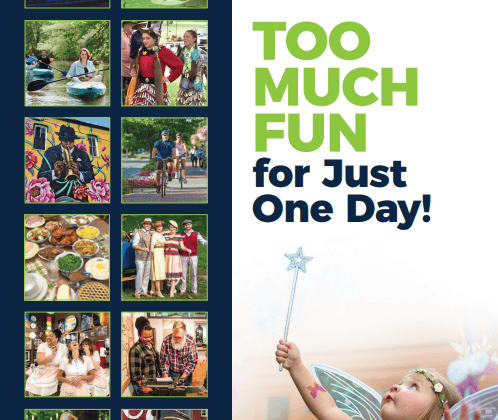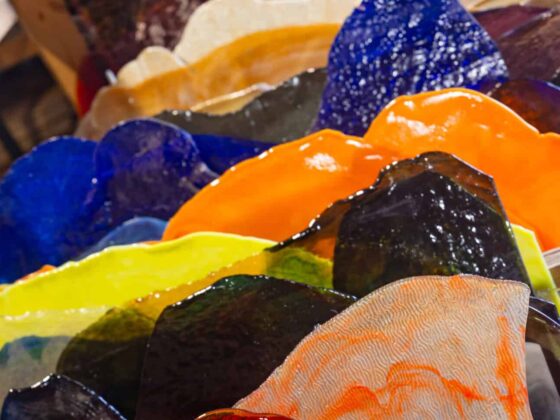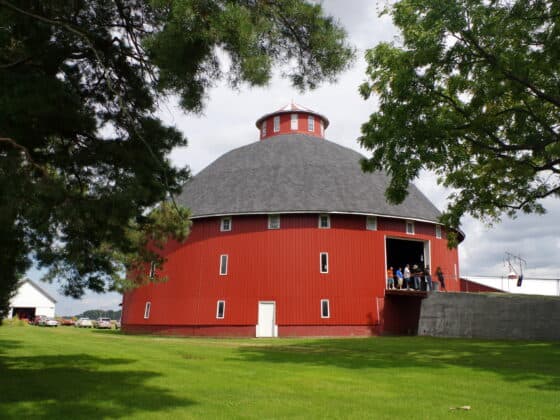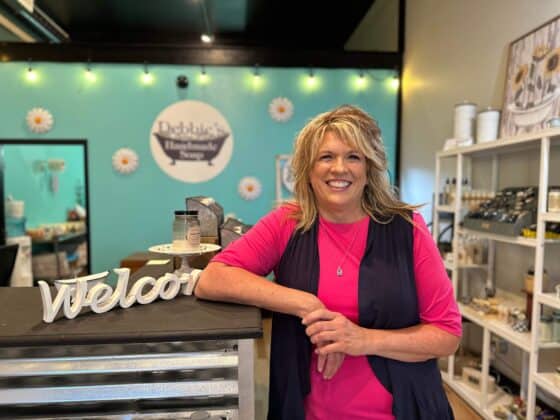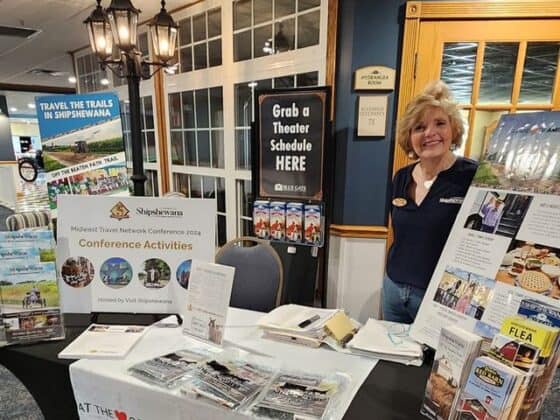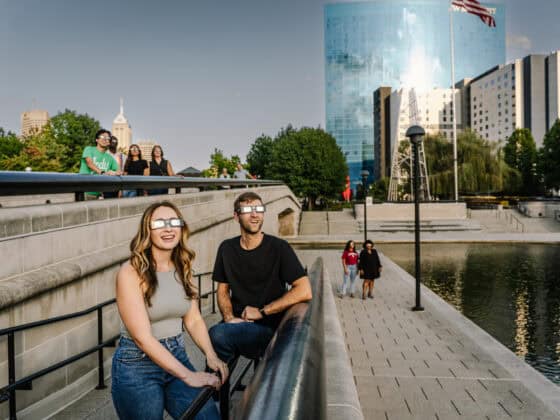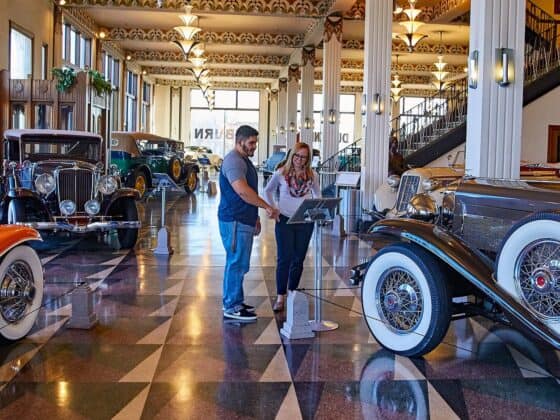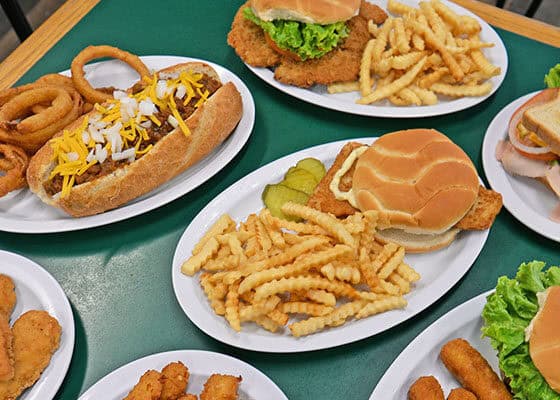Many Hoosiers agree with the 1931 song “I Love A Parade” by Harry Richman. People of every age have an endless appetite for the state’s many parades, which are often tied in with notable events and festivals. Plus, local folks tend to take special pride in “their” parade, the one that marches through their area.
The town of Pekin’s parade held the weekend before July 4th is something to brag about. “Our parade is the oldest consecutively running parade in the nation,” said Jeremy Elliott, the Washington County Historian. “There are probably parades on the East Coast that started before ours did, but most of them took a pause during the wars. Ours didn’t. It started in 1830. So 2018 is the 188th year.”
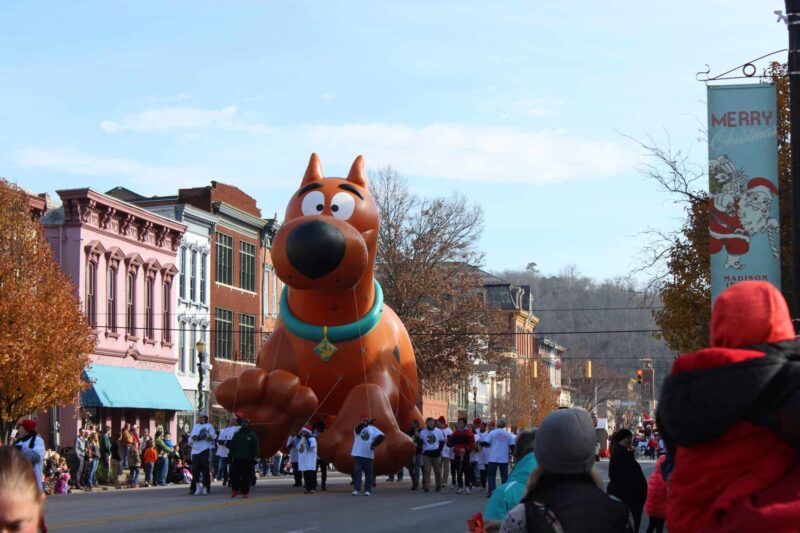
The Spirit of 76 Band leads off the Pekin parade, as it has for 100 years or so. Its dedicated members have had to be replaced over the years when they can no longer serve, but old- fashioned fifers and drummers remain a mainstay.
Also, a car owned by the Martin’s, a local family, is a favorite attraction in Pekin. “It’s a Model T that was crafted into a stunt car by moving the rear axles in front of the back seat,” Elliott said. “Sparks shoot out as it spins, does wheelies, and pops up in the air. It’s painted red, white, and blue.”
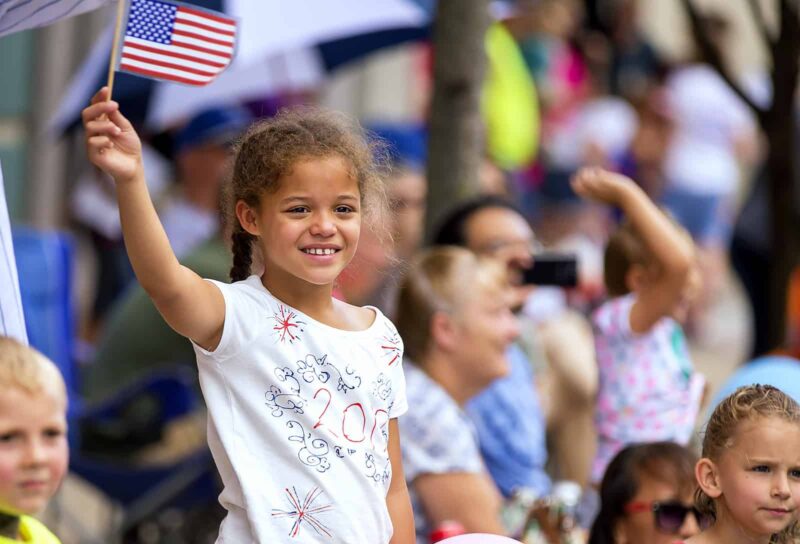
Another unique parade, held at an unusual time, is A Very Merry Madison Christmas Parade in Madison. “We believe the parade started in 1929 when the new bridge was built,” said Sarah Prasil, Marketing & Advertising Director for Visit Madison. “It’s a small town but the parade has a big personality. Fundraisers through the year help purchase the fun, huge, helium-filled character balloons. Last year we were able to purchase Scooby Doo. There are always candy canes and ornament balloons. The parade begins at 11:00 a.m. the first Saturday of December, which is December 1 in 2018.”
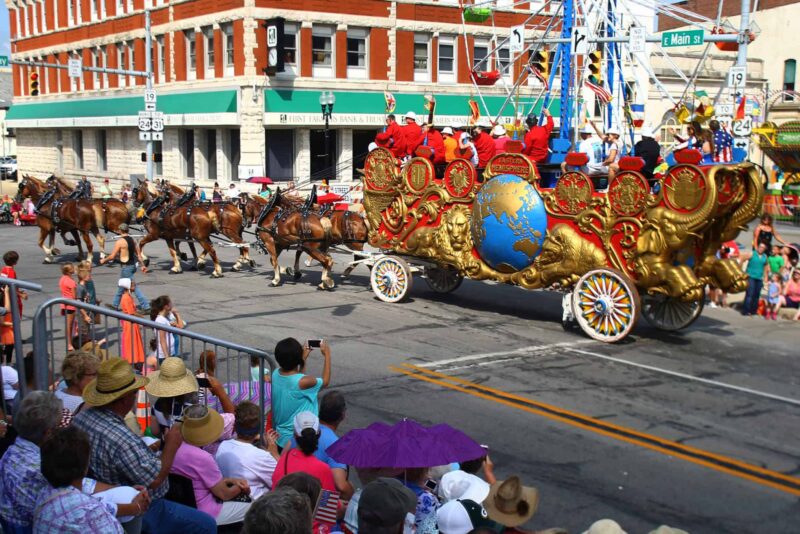 Sonia Folkner owns Fountain Alley Body Care, offering handmade soaps and other items. “We love being on Main Street in downtown Madison and being a part of this type of old-fashioned community gathering,” Folkner said. “People crowd in front of our store during this festive parade. We leave our doors open if people want to come in and warm up, but normally the community is so excited to see the bands and the floats that they don’t come inside until after. We run our bubble machine to add to the excitement for the children.”
Sonia Folkner owns Fountain Alley Body Care, offering handmade soaps and other items. “We love being on Main Street in downtown Madison and being a part of this type of old-fashioned community gathering,” Folkner said. “People crowd in front of our store during this festive parade. We leave our doors open if people want to come in and warm up, but normally the community is so excited to see the bands and the floats that they don’t come inside until after. We run our bubble machine to add to the excitement for the children.”
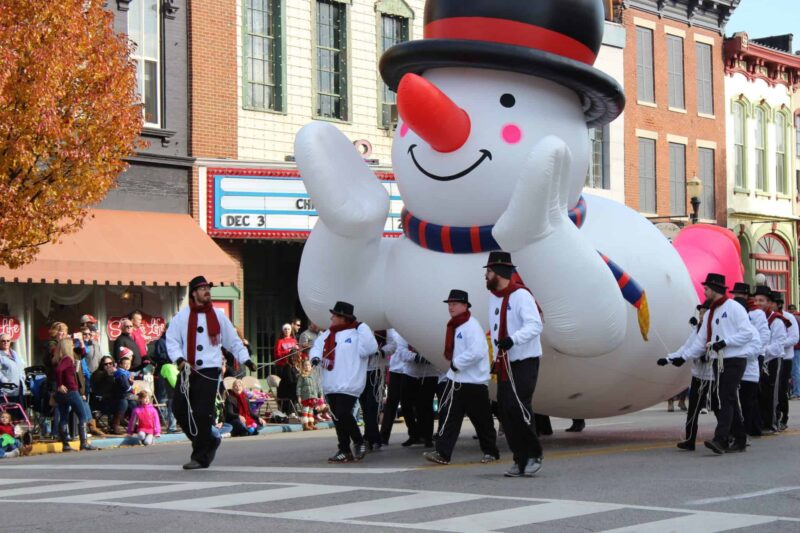
Most parades are in the morning or afternoon, but the City of Crown Point distinguishes itself by hosting an annual St. Patrick’s Day Nighttime parade at dusk. Mayor David Uran started the parade in 2008, although Pete’s Irish Pub, a local bar, organized a smaller version in the ‘90’s.
“Local businesses and organizations decorate floats with bright colors as they parade down Main Street,” said Diana Bosse, special events administrator for the city of Crown Point. “This is the only nighttime St. Patrick’s Day Parade in the region and is always held on St. Patrick’s Day. This family-friendly event is a great way for the community to get together after a long winter.”
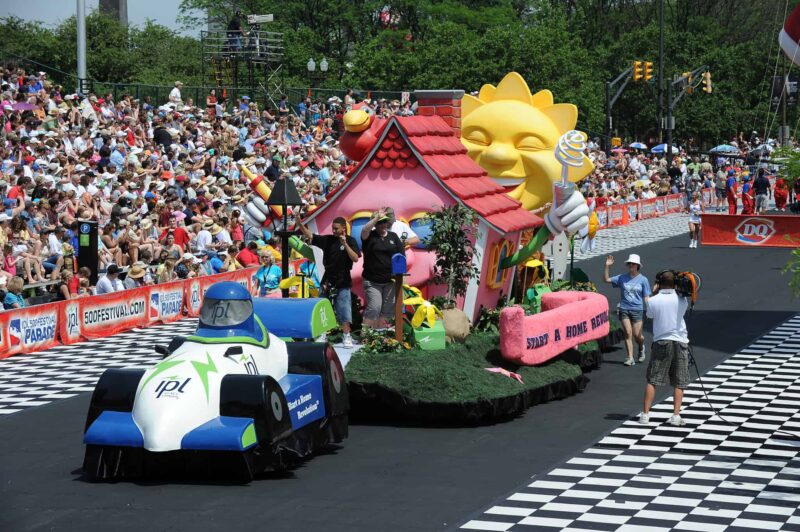
Parades are bonding experiences in multiple ways. Participants may be local, from the girls’ softball team riding the fire engine, to church floats, to politicians walking, and 4-H queens in cars. Viewers are elbow to elbow in lawn chairs, some staking out, well in advance, their traditional spot on sidewalks or in friends’ front lawns.
Yet parades are a labor of love for organizers. Michelle Threet organized the parade for the Remembering James Dean Festival in Fairmount every September for seven years. The 2018 parade will be Saturday, September 29. Threet said that color guards carrying the flags to open the parade became difficult to find, as many of the participants are elderly. School bands and other acts needed travel expenses, and sometimes other fees. Organizing the entrants into formation and finding judges were time consuming. These days, it isn’t unusual for small town parades to offer more fire engines and tow trucks than actual decorated floats and other attractions. Perhaps these hardships are the reason The Greentown Glass Parade, and its festival, have faded into the past.
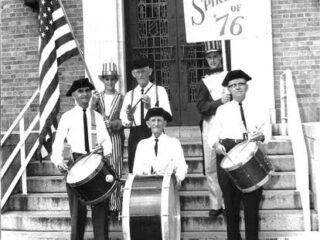
The IPL (Indianapolis Power & Light) 500 Festival Parade, one of the state’s biggest, is still going strong, and is memorable. “I marched in the Indy 500 parade, both downtown and on the track,” said Dianne Drake, an Indiana author. “I loved marching in the 500 parade, me and my piccolo, with our band director marching off to the side. Knees up as we marched by the judges. {Those are} good memories.”
One of Tim Bessignano’s roles is taking care of the animals in the Circus City Festival Parade in Peru every July. The parade started in 1958, two years before the festival. Cougars, lions, tigers, and wildcats are in the parade annually, as well as elephants.
“The thing that draws a lot of people here are the costumes, the clowns, and the calliope music,” Bessignano said. “They’re all the ones that are going to perform later in the day.”
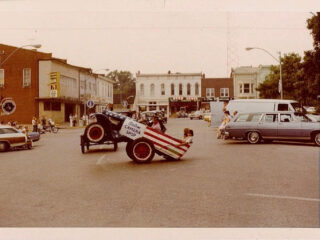
No matter what parade they attend, kids love getting candy, and adults identify with the Richman song lyrics, “I love a parade, the tramping of feet, I love every beat I hear of a drum. . . .I just want to stand and cheer as they come.”
The parade float got its name because the first floats were actually decorated barges that were towed along canals with ropes held by parade marchers on the shore. Occasionally, they were propelled from within the barge, by concealed oarsmen, but the practice was abandoned because of the high incidence of drowning when the lightweight and unstable frames capsized. Interestingly, the first grounded floats were towed by horses ceremoniously in memory of recently drowned parade oarsmen. Today, parade floats are traditionally pulled by motor vehicles or are powered themselves.
A grand marshal is an honorary title given to an individual by the organizing committee of a periodic parade event. Similar to guests of honor at an event, a grand marshal is selected on any basis relevant to the theme or nature of the parade, and often leads the parade from the front. Multiple grand marshals may often be designated for part of the parade.
Historically, many parades became associated with fairs and festivals. People came together to socialize and learn about recent news. Citizens could have fun times in the middle of misery in medieval times as the circus parades and brightly painted carts brightened people’s lives. The public anticipated such events, and the parades developed a flashy and happy mood. The fleeting moments provided great pleasure and an escape from everyday life.


